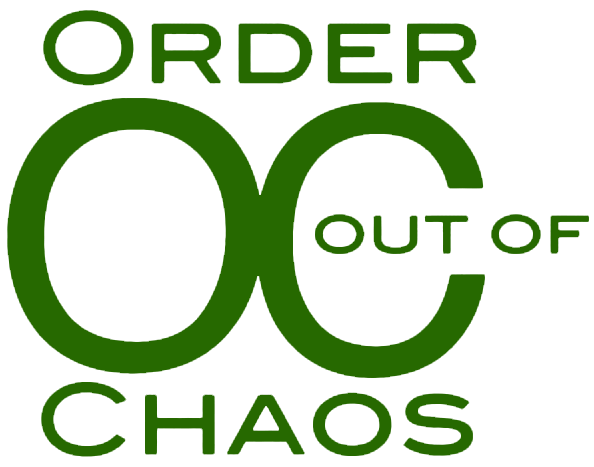Clutter Costs
I spend most of my days in other people's homes – from the merely disorganized to the Level V hoarding house. And I don’t take that privilege lightly. It has allowed me a bird's eye view into people’s spending habits, priorities, organizing strategies and most importantly, their relationship to their stuff. Incredibly eye opening. Recently, the Center on Everyday Lives of Families at UCLA released a study on the home lives of 32 middle-class, dual income families in Los Angeles. For four years, a team of scientists observed these families and their "material culture," meaning how they related to all of their stuff in the hopes of better understanding the priorities and rhythms of American family life. Here are the highlights:
The more objects attached to the front of a family's refrigerator, the more objects per square foot in the house overall.
The average visible possessions in each home included 438 books and magazines, 139 toys, 39 pairs of shoes. This does not count what was in closets or out of view.
75% of garages had no room to store a car. The typical chaotic garage held 300 to 650 boxes, storage bins and spillover items from the house.
There was a 30% estimated increase in a family's number of possessions with each new child during the preschool years.
68% of the family's time was spent in either the kitchen or family room near the TV and computer while most of the "stuff" was located elsewhere like a bedroom or basement.
Most of the children's time (less than 40 minutes a week) was spent indoors despite the profusion of backyard pools, hot tubs, swing sets and outdoor furniture. For parents it was less than 15 minutes a week.
The average value of unused merchandise (boxed appliances, clothing with tags, etc.) found was $7000.
There is a lot to take away from this study. But one that is not talked about often enough is that clutter costs. Financially. It is that simple. We all know that most of our purchasing comes from wanting and not needing. It costs when we have so much stuff we can’t find what we need and purchase it again. It costs us in organizing products when we struggle to organize what we have more of than what we have room for. It costs us in time as looking for what we need takes us from something more financially productive. It costs us when we store off site. It costs is when we move. Heck, it costs us when we need to bring in professionals (yes, me) to help declutter and discard what is not wanted or taking up precious space. So next time you decide to purchase something you truly “want” or decide to hold on to something you truly “need”, ask yourself how much this is truly costing you. More than you think I’m sure.
LOOKING FOR MORE IDEAS TO MAKE BACK TO SCHOOL SMOOTH FOR EVERYONE?
Read our blog post, 5 Tips for an Organized and Stress Free Year!
WANT MORE TIPS AND TOOLS LIKE THESE?
Sign up for our popular monthly newsletter and have our latest articles, resources and events delivered directly to your inbox. Trust us. You will LOVE it!

